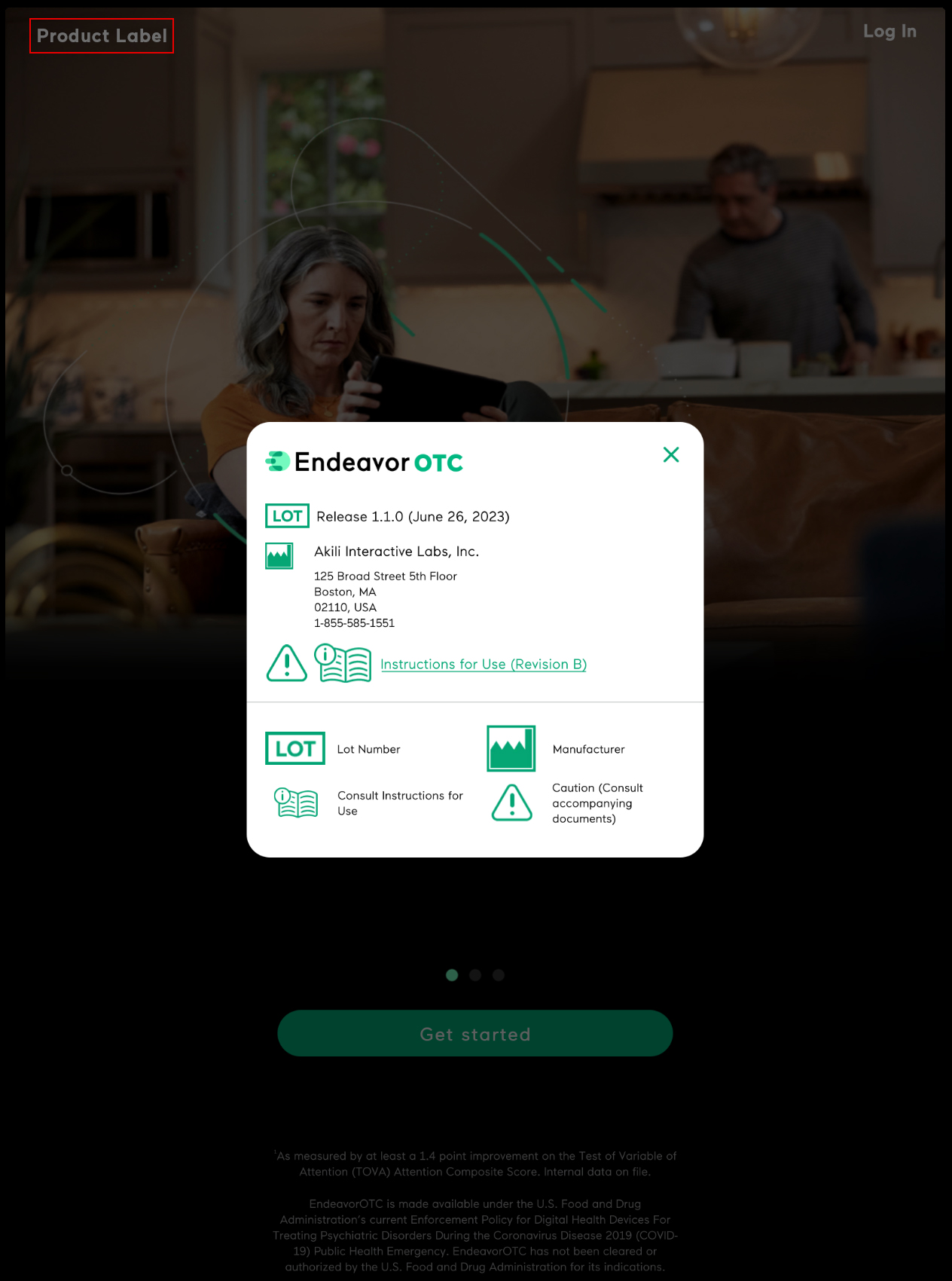How to Manage Your ADHD Symptoms

Managing ADHD symptoms can feel like navigating a maze without a map.
The unpredictability of life, coupled with the challenges posed by ADHD, can make even the simplest tasks seem daunting. However, it’s possible to channel all this into productive avenues with the right strategies and a proactive approach.
Whether you’re seeking ways to manage your time better, reduce distractions, or handle emotions more effectively, the following sections offer actionable advice tailored to the ADHD experience.
It’d be impossible to implement every recommendation listed below. The real value comes when you can identify which recommendations will be most useful for your specific ADHD symptoms.
Creating Structure And Routine
Creating a routine and structure encompassing your entire day is one of the best ways to manage the stresses of modern life. Our days are filled with so many uncertainties, and having things that you can grow to expect adds a level of comfort that can put your mind at ease throughout the day. Knowing your day will start and end a certain way puts you in control rather than the world in control of you.
With just six suggestions that are easy to implement, you can transform your day and how it affects you (click each link below to learn more):
- Choose and Use A Calendar App or “Life Management Platform”
- Build Extra Time Into Your Appointments & Tasks
- Have a “Phone-Wallet-Keys” Check
- Follow the “Everything Has A Place” Rule
- Create a Daily Routine
- Start the Day Before
How To Manage Your Time With ADHD Using Proven Techniques
There are only so many hours each day, and with ADHD, it can feel like there’s absolutely no way to fit everything you want into it. Time management only becomes more and more of a struggle as the world and daily life become more complex. Luckily, countless strategies and techniques to manage your time have been researched and developed over the years. The hardest part is figuring out which technique or system best suits you.
Here are some of our favorite techniques; click here to learn more about each!
- The Pomodoro Technique: Harnessing the Power of Short Sprints
- Time Blocking: Designing Your Day with Precision
- The Two-Minute Rule: Tackling Tasks in Real-Time
- The Eisenhower Box: Prioritizing with Purpose
- The 1-3-5 Rule: Structured Task Management
- Kanban: Visualizing Progress
- The 4 D’s Of Time Management: A Task Filtration System
- The 90-Minute Focus Sessions: Aligning with Natural Rhythms
- The ABCD Priority System: Ranking Tasks for Maximum Impact
How To Plan And Prioritize Tasks With ADHD
While much of this overlaps with time management, planning for and prioritizing tasks is a skill in its own right. We each have so many small tasks and responsibilities daily—never mind when you think about the week, month, or even year ahead of you. By planning and prioritizing tasks, you can ensure you’re focusing on what truly matters.
Below are six helpful tips on how to become a master of your tasks. Click here to read more:
- Start Each Day with a Purposeful To-Do List
- Make Use Of a Task Management System
- Evaluate New Tasks as they Arise
- Double Your Time Estimates
- Break Down Overwhelming Tasks
- Set Deadlines & Have an Accountability Buddy
Ways To Reduce Distractions To Improve Your Attention With ADHD
Distractions are everywhere, with most things we now interact with designed purposely to capture our attention and keep us occupied endlessly. Maintaining focus can feel like climbing a mountain whose peak never gets any closer. Instead of having distractions hold us back from our progress and ultimately achieving our goals, making a few key adjustments can help us reclaim our lost time.
Here are eight tips we recommend to reduce the distractions in your life:
- Utilize Self-Reflection
- Go on a Digital Detox
- Pay Attention to Soundscapes
- Declutter Your Physical and Digital Life
- Work With Your Body’s Natural Clock
- Focus on Your Goals
- Strengthen Your Active Listening Skills
- Embrace Emerging Technologies
Managing Your Emotions With ADHD
Being able to manage your emotions plays a big part in the overall management of ADHD symptoms. While we can’t always control them, better understanding our emotions can help us use them to our advantage rather than have them hinder our performance. By asking yourself introspective questions, you can analyze your own emotions and transform them into what you need when you need them.
The questions we recommend can be broken down into seven categories, with multiple questions in each. Click the links below to read all of the questions:
- Motivation and Purpose
- Challenging Negative Thought Patterns
- Seeking External Perspectives
- Control and Acceptance
- Long-Term Perspective
- Self Compassion and Kindness
- Seeking Balance
By implementing the strategies above, you can transform the challenges that come with ADHD into opportunities for growth and self-improvement. Remember, it’s not about striving for perfection but about finding methods that resonate with your unique rhythm.
